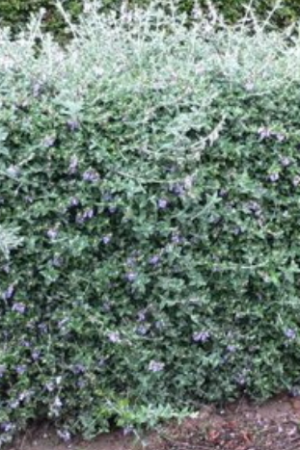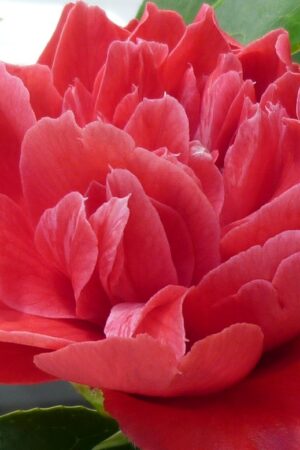Choosing the Right Location:
Sunlight: Pee Wee hydrangeas prefer full sun to partial shade. In regions with hot summers, some afternoon shade can help protect the plant from stress.
Soil: They thrive in well-draining, slightly acidic to neutral soil (pH 5.5-7). If your soil is heavy clay, amend it with organic matter like compost to improve drainage.
Space: Even though ‘Pee Wee’ is a compact variety, ensure there is enough room for the plant to grow and spread. Aim for 3-4 feet between plants.
2. Planting Instructions:
Dig the Hole: The hole should be about twice as wide as the root ball but no deeper. This ensures the roots can spread out without being buried too deeply.
Soil Preparation: Mix the soil you removed from the hole with some organic matter or compost to improve fertility and structure.
Planting Depth: Place the hydrangea in the hole so the top of the root ball is level with the surrounding soil. If planting in a container, ensure the plant is at the same depth it was in the pot.
Backfill the Hole: Gently backfill with the soil mixture, pressing lightly to remove air pockets, but avoid compacting the soil too much.
Watering: Water thoroughly after planting to help settle the soil and encourage root establishment. Keep the soil consistently moist, but not waterlogged, for the first few weeks.
3. Watering and Maintenance:
Watering: Hydrangeas need regular water, especially during hot, dry weather. Ensure the soil stays moist, but not soggy. Deep watering is better than frequent shallow watering.
Mulching: Apply a 2-3 inch layer of mulch around the base of the plant to help retain moisture, suppress weeds, and regulate soil temperature.
4. Pruning:
When to Prune: Pee Wee hydrangeas bloom on new wood, so pruning should be done in early spring before new growth begins. This will promote healthy growth and abundant flowering.
How to Prune: Remove any dead or damaged wood first. Then, prune back the previous year’s growth by about one-third to maintain a tidy shape and encourage new growth.
5. Fertilizing:
When to Fertilize: Apply a balanced, slow-release fertilizer in early spring to encourage strong growth. Avoid high-nitrogen fertilizers, as they can lead to excessive foliage growth at the expense of blooms.
After Blooming: If desired, you can feed again in late summer, but don’t over-fertilize, as it could affect blooming for the next season.
6. Winter Care:
Cold Tolerance: Pee Wee hydrangeas are hardy in USDA zones 3-8. In colder climates, protect the plant with a layer of mulch around the base to insulate the roots during winter.
Cutting Back: Don’t cut back the plant too early in the fall, as the stems may still have buds that will bloom in the spring.
7. Additional Tips:
Flower Color: The blooms will generally be white, sometimes transitioning to pink or even red as they age, especially in more acidic soils.
Container Planting: If planting in a container, choose one that’s large enough to accommodate the root system and ensure good drainage. Use a well-draining potting mix and water consistently.







